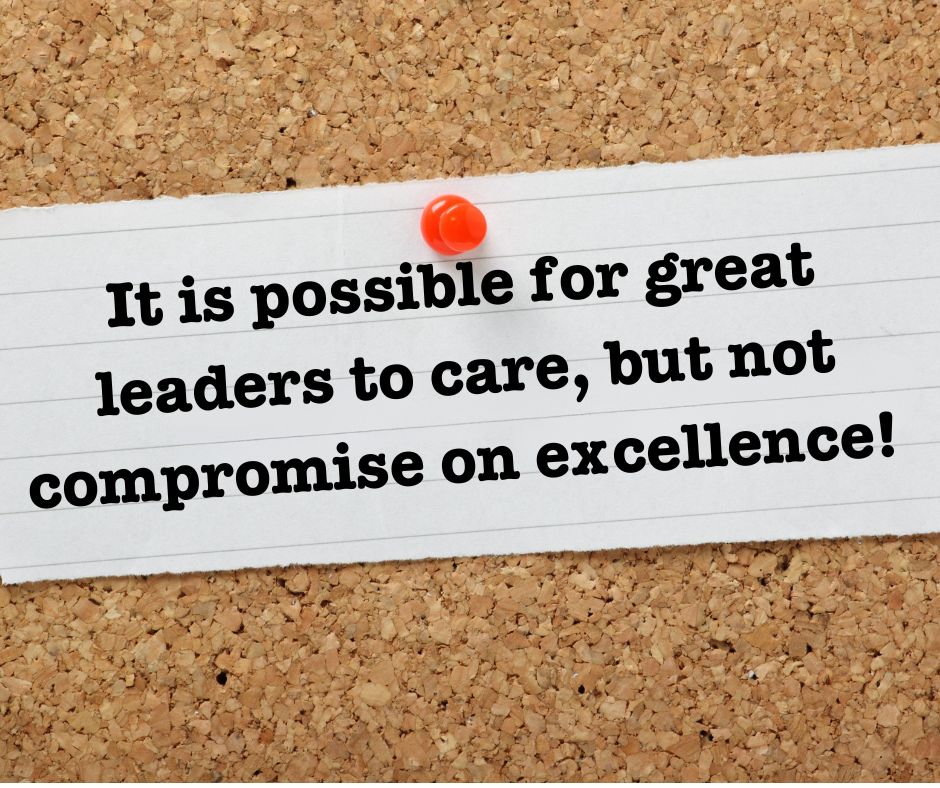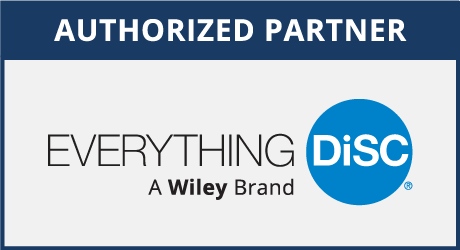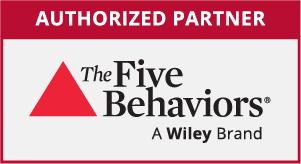As Valentine’s Day approaches, our thoughts naturally turn to love, connection, and appreciation. This holiday is a wonderful reminder that caring is not only crucial in personal relationships, but also essential in transformational leadership.
Caring does not mean “letting people off the hook.” As Pete Luongo, author of “10 Truths About Leadership stated, “great leaders care, but don’t compromise.” It is possible leaders can prioritize both their relationships and results.

Caring is a foundational element in building trust and accountability within any organization. Here’s how the act of caring fosters transformational leadership:
1. Establishes Emotional Connections
When leaders genuinely care about their team members, they create emotional connections that enhance the sense of belonging and loyalty. This emotional investment makes employees feel valued, which encourages them to be more open and honest. When individuals trust that their leaders have their best interests at heart, they are more likely to communicate transparently and authentically.
2. Create a Supportive Environment
Caring leaders prioritize their team members’ well-being, demonstrating that they are committed to supporting both professional and personal growth. This supportive environment fosters trust, as employees know that their leaders will be there for them in challenging times. When team members feel supported, they are more likely to take accountability for their actions, as they recognize that they are part of a caring team that will offer constructive feedback and encouragement.
3. Encourage Open Communication
When leaders show they care through active listening and empathy, it creates a safe space for open dialogue. Employees are more inclined to express their thoughts and concerns without fear of judgment. This transparency is crucial for establishing accountability; team members who feel comfortable sharing ideas and challenges are more likely to take responsibility for their work and decisions.
4. Model Accountability
Caring leaders not only encourage open communication but also model accountability themselves. When leaders admit their mistakes and take responsibility for outcomes, they impart the same expectation to their team members. This consistency demonstrates that accountability is a shared value within the organization, reinforcing trust as team members see that everyone, including leadership, is held to the same standards.
5. Recognizing and Celebrating Efforts
Caring leadership includes recognizing the efforts and achievements of team members. When employees know their hard work is acknowledged, it builds trust and reinforces a culture of accountability. They understand that their contributions matter and are encouraged to take ownership, knowing that their successes will be celebrated.
Caring is not just a soft skill; it is a powerful driver of trust and accountability within teams. By fostering an environment based on genuine care, leaders can create a culture where team members feel secure, engaged, and motivated to take responsibility for their actions. In turn, this leads to higher performance, better collaboration, and a stronger overall organization.
Coaching Corner
How can I leverage my CliftonStrengths to demonstrate caring and empathy to my team? I’m so glad you asked!
Start by reflecting on your Top 5 or Top 10 CliftonStrengths. How do my strengths help me show care and empathy to my team? Can I think of a recent example where I used one of my strengths to connect with a team member or show support? How did this have a positive impact on the outcome?
What Relationship Building (or even non-Relationship Building) talents tend to get in my way of demonstrating care for others? How can I develop that talent or leverage another talent to demonstrate greater care for members of my team?
Identify 1 change in your behavior that you could implement today. What will be the payoff for you and your team when you consistently implement that one behavioral change into your interactions with your team?




